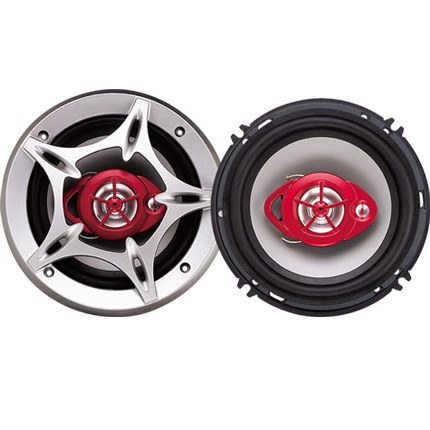car gear cable
Understanding Car Gear Cables Function, Types, and Maintenance
Car gear cables play a crucial role in the seamless operation of a vehicle's transmission system. These cables are essential for transmitting the driver’s gear selection from the gear lever in the cabin to the transmission system itself. Understanding the function, types, and maintenance of car gear cables can enhance vehicle performance and ensure greater longevity for your car.
The Function of Gear Cables
The primary function of gear cables is to connect the gear shift lever to the transmission, allowing the driver to select different driving modes. When you move the gear lever, the cable pulls or pushes a linkage within the transmission, which engages the appropriate gear. This mechanism is crucial, as it enables smooth transitions between gears, thus ensuring that the engine operates at optimal levels while providing power to the wheels.
A typical setup includes two cables one for shifting up and another for shifting down. These cables are made of durable materials, often coated with protective coverings to withstand various weather conditions and mechanical wear. Because these components operate under considerable tension and movement, they are designed to be both flexible and robust.
Types of Gear Cables
There are generally two types of gear cables used in vehicles mechanical and electronic.
1. Mechanical Gear Cables These are the traditional, cable-operated systems that physically move with the gear lever. They are more common in older vehicles and are often simpler to repair or replace. Mechanical cables tend to require regular maintenance to ensure they do not fray or kink, which can lead to shifting problems.
2. Electronic Gear Cables Modern vehicles often utilize electronic or drive-by-wire systems, where the gear lever sends electrical signals to actuators that effectuate gear changes. This type of system can enhance precision in gear selection and contribute to improved fuel efficiency and performance. They typically require less maintenance than mechanical counterparts, but they may be more expensive to repair due to the complexity of electronic components.
Signs of Wear and Tear
car gear cable

Recognizing the signs of wear and tear in your car’s gear cables is essential for maintaining optimal vehicle performance. Some common indicators include
- Difficulty Shifting If you notice that you have to exert more effort than usual to shift gears, this could indicate that your gear cables are frayed or damaged. - Slipping Gears If the transmission unexpectedly slips out of gear, this can be a sign of cable issues that warrant immediate attention. - Unresponsive Gear Lever If the gear lever doesn’t move easily or feels stuck, it may indicate that the cables are seized or jammed. Regular inspections are advisable, especially as the vehicle ages. It is helpful to watch for instances of cable fraying or wear, and to check for any unusual noises coming from the transmission area when shifting gears.
Maintenance Tips
Proper maintenance of gear cables significantly enhances their longevity and effectiveness. Here are some key tips
1. Routine Inspection Regularly inspect the gear cables for any signs of wear, cracks, or fraying. Early detection can prevent more severe issues down the line. 2. Lubrication For mechanical cables, applying the appropriate lubricant can significantly enhance smooth operation. This should be done periodically, following the manufacturer’s recommendations.
3. Replacement If you notice significant wear or any of the aforementioned issues, it may be time to replace the cables. Consult a professional mechanic for diagnosis and replacement to ensure that your transmission operates smoothly.
4. Professional Servicing When in doubt, always seek professional help. Mechanics can provide insights into potential issues that may not be immediately noticeable to the average driver.
Conclusion
Car gear cables, though often overlooked, are vital components of a vehicle’s transmission system. Understanding their function, types, potential issues, and maintenance can save you time and money in the long run. Regular care can ensure that your vehicle continues to operate smoothly and efficiently, providing a better driving experience. Whether you have an older model with mechanical cables or a newer vehicle with electronic controls, keep an eye on this crucial system to enjoy safe and efficient driving.
-
Workings of Clutch Pipe and Hose SystemsNewsJun.04,2025
-
The Inner Workings of Hand Brake Cable SystemsNewsJun.04,2025
-
The Secrets of Throttle and Accelerator CablesNewsJun.04,2025
-
The Hidden Lifeline of Your Transmission Gear Shift CablesNewsJun.04,2025
-
Demystifying Gear Cables and Shift LinkagesNewsJun.04,2025
-
Decoding Clutch Line Systems A Comprehensive GuideNewsJun.04,2025
